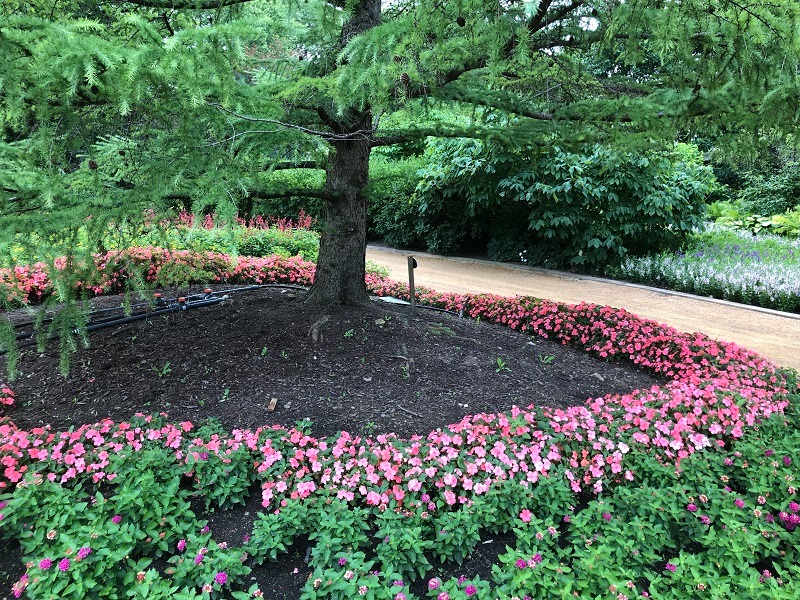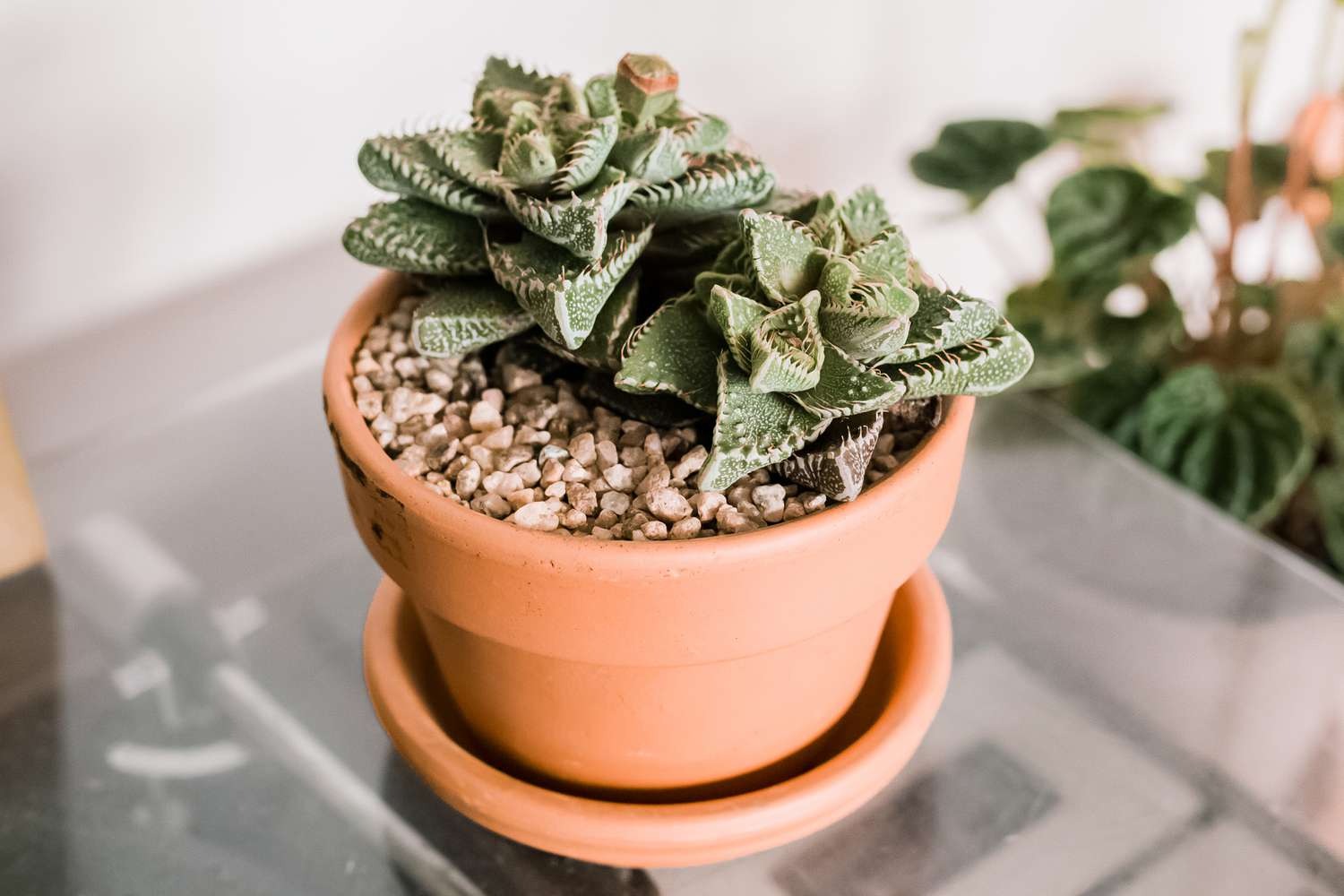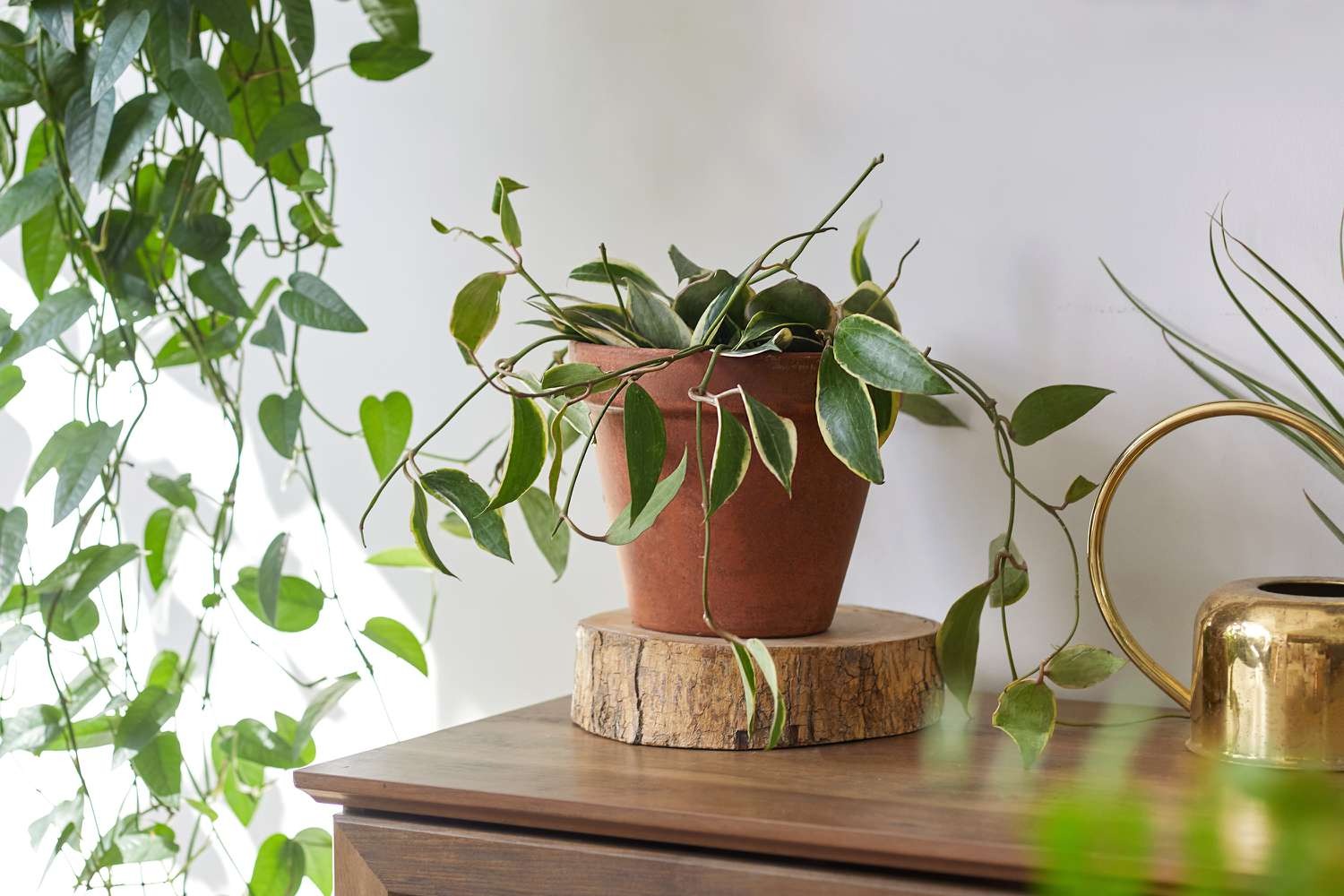For an amateur garden owner, mature trees are a secret: no one wants to remove a majestic shady tree that took decades to mature, but trees are pigs of sun and moisture that will not share their lawn with any plant.. Gardeners sometimes compensate for this by planting fresh annuals every year, but this constant destruction of the roots is harmful to the tree. Fortunately, there are several perennial plants that you can use to create an attractive and harmonious landscape under the tree.
01. Siberian Baglos
Heart-shaped leaves with contrasting white veins attract the attention of many gardeners with shady areas, but the sky-blue floral cloud that Brunnera macrophylla produces in spring is the cherry on the cake. Siberian baglos is not only a perennial stronghold that blooms reliably in Zone 3 zones, but also gradually forms a colony of plants that you can use to populate the landscape under a tree or transplant to other parts of the yard.
02. Wild Ginger
As a native plant, wild ginger is a groundcover plant that grows without special care. The spring flowers are inconspicuous, but the heart-shaped foliage is attractive in itself. Rural gardeners will appreciate the resistance of Asarum canadense to deer. Wild ginger is best grown without neighboring plants, as it tends to outperform others in the landscape. A bonus for wildlife lovers is the swallow-tail butterfly, which will look for wild ginger plants on which to lay eggs.

03. Valley Lily of the Valley.
Lily of the valley is a small leathery plant with a sweet spring fragrance. The tiny bell-shaped flowers seem to be part of a fabulous landscape, but Convallaria majalis is a stunning ground cover that can quickly fill any void in the garden, including the thin hard soil under the rooted trees. If you want something different, pay attention to the pink shape, which gives pale pink flowers.
04. Bleeding Heart.
Dicenter plants create textural interest in the landscape, even when they are not in bloom. The finely divided leaves create a delicate background with hanging pink heart-shaped flowers, after which the plant got its name. In warm regions, plants with bleeding hearts can act as mayflies, which means they enter a dormant period in hot and dry weather. If this leaves unnecessary space under your garden with trees, add a bird bath as a filler.
05. moss flower.
Another winning native of the undergrowth of your mature trees, Tiarella cordifolia blooms its core for six weeks in spring. The rest of the time, you can expect your healthy plants to multiply by shoots, forming an attractive (but not invasive) bunch of plants with lobed leaves with red veins. Moss flowers appreciate moisture, so if your tree’s crown is dense enough to serve as an umbrella, you should water the plants with one inch of water per week.

06. Host
Hosta is ubiquitous, but never soft; a surge in breeding efforts means you can populate the garden under your trees with mammoth or teacup specimens, golden or blue foliage, and broad or narrow leaves. Hosts are very long-lived plants that grow and multiply slowly over the years. Despite the fact that they are resistant to drought, you will find that water is like fertilizer for hosts: if you drink a lot, the plants will reveal their greatest potential.
07. Periwinkle.
Vinca minor plants are aggressive enough to become something of a pest in a mixed-planting garden, but if you’re looking for a tough plant, periwinkle will satisfy that need. Plants provide excellent erosion control by filling a niche under the trees where nothing else seems to be growing and the soil is still being carried away. Periwinkle plants will grow in dense shade, giving beautiful blue flowers in after spring.
08. Japanese Painted Fern.
In the world of green ferns, the silver-pink leaves of the Japanese painted fern are a great start. Despite the fact that the Japanese fern loves shade, its color is the brightest in a mottled shade. Like all ferns, the Japanese fern requires regular moisture to grow. A three-inch layer of mulch will benefit ferns and trees by removing weeds and keeping them moist.

09. Narcissus.
If the soil under your tree is loose enough to be dug up, add bulbs blooming in spring for a spring spectacle that will increase in size every year. A group of daffodil bulbs needs sunlight to generate the energy needed for future flowers, but by planting early-flowering varieties under deciduous trees, you can satisfy this need before the trees bloom. Plant bulbs at least three inches deep at any time in the fall before the soil freezes.




